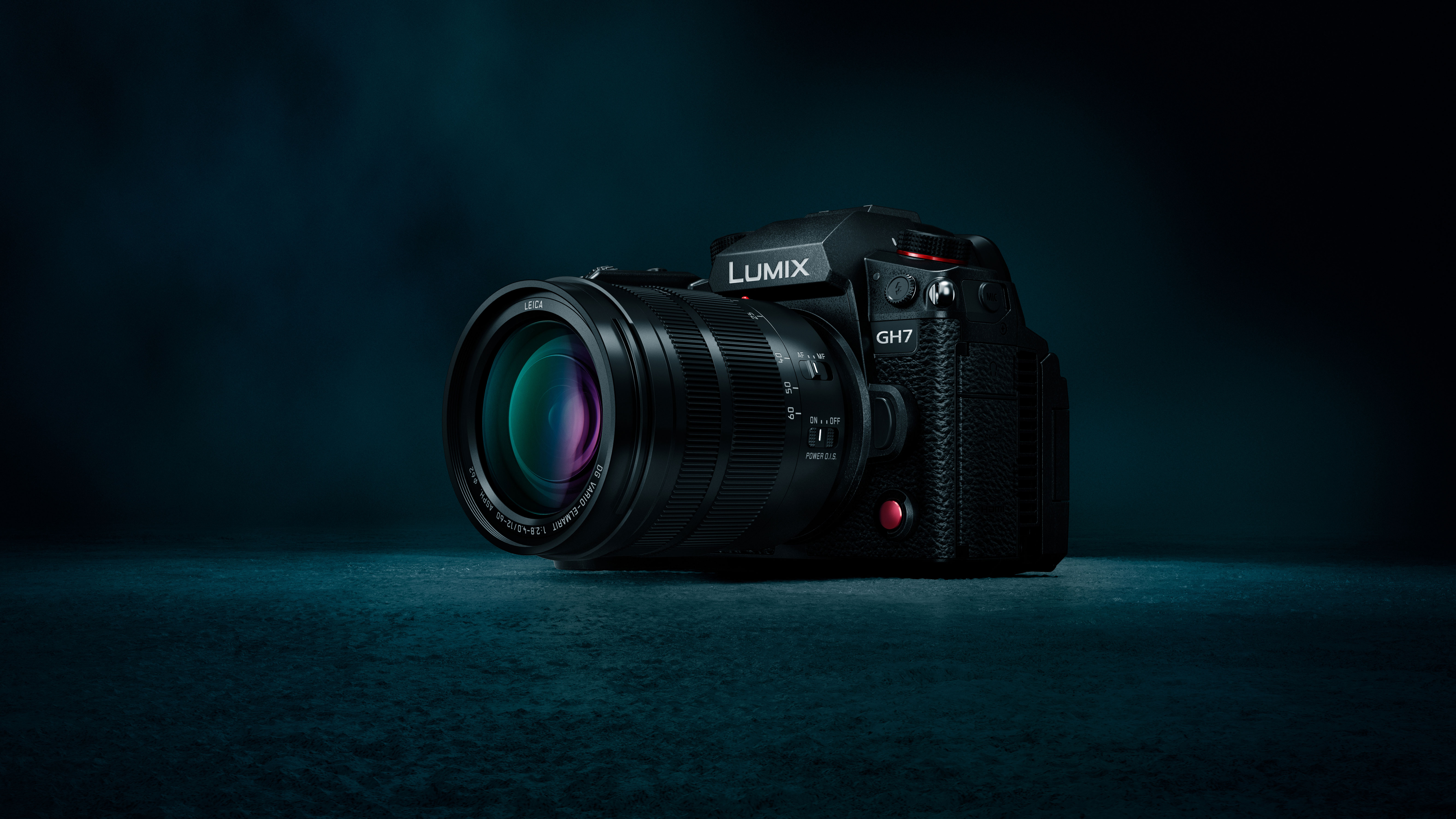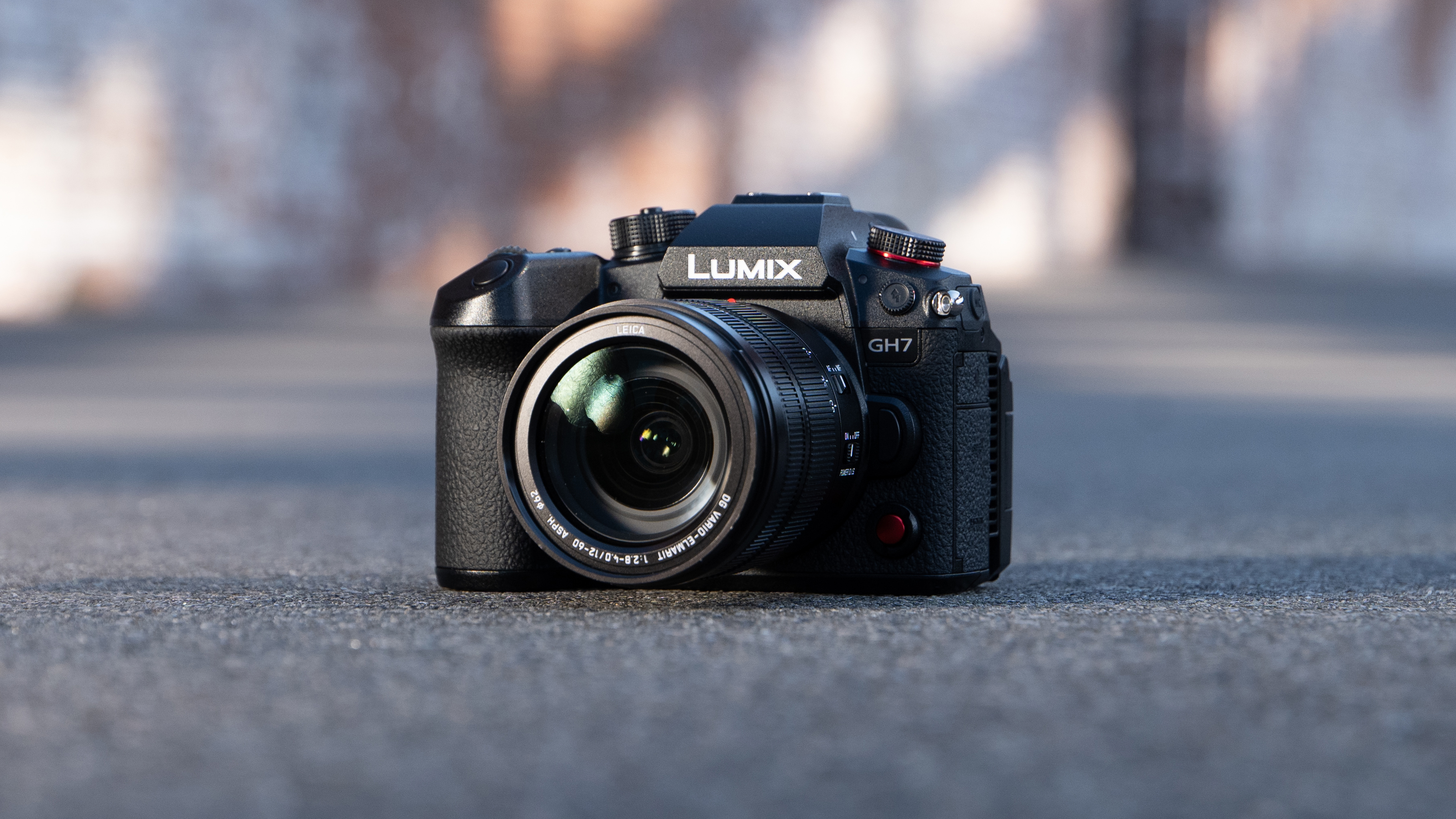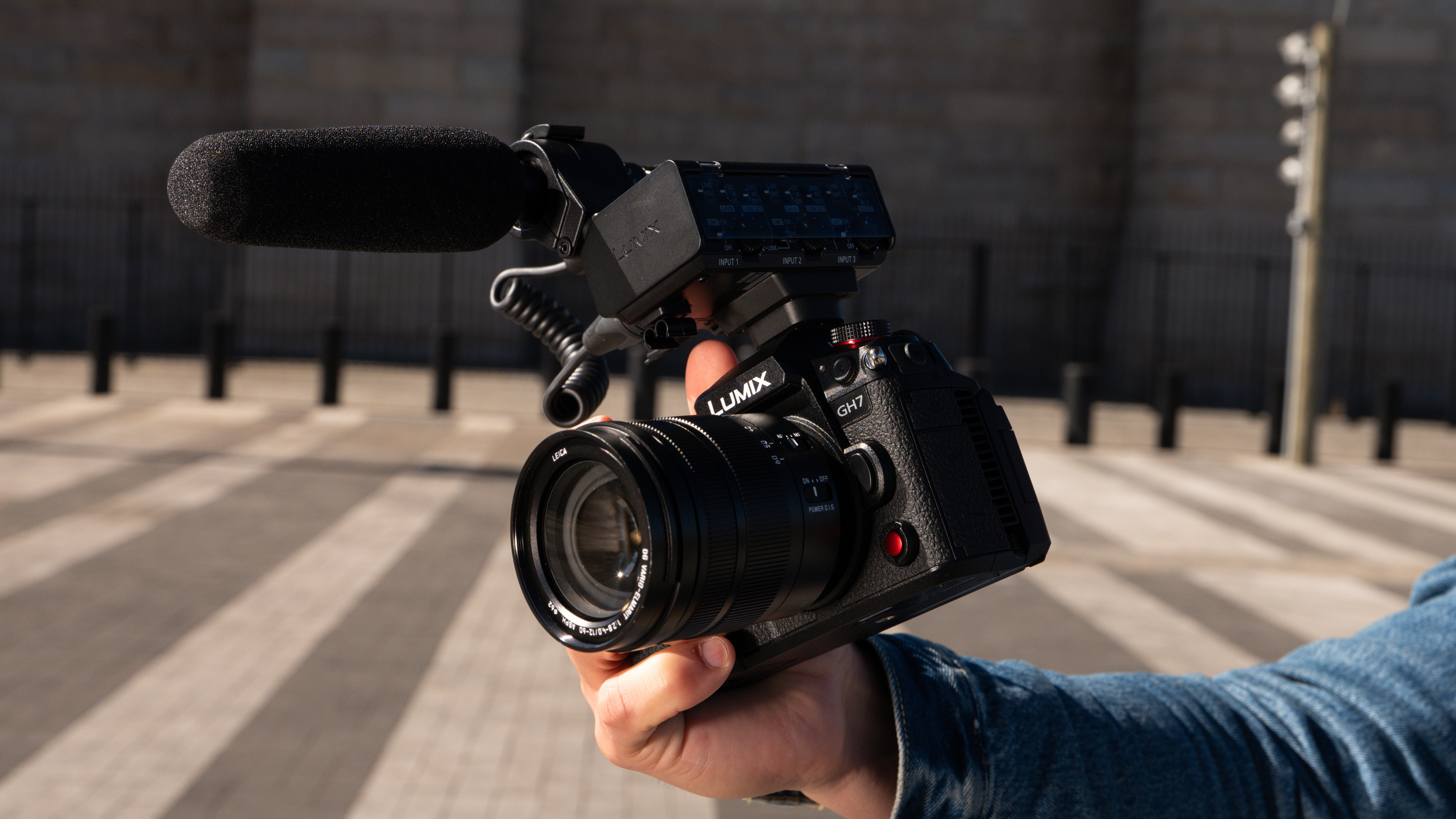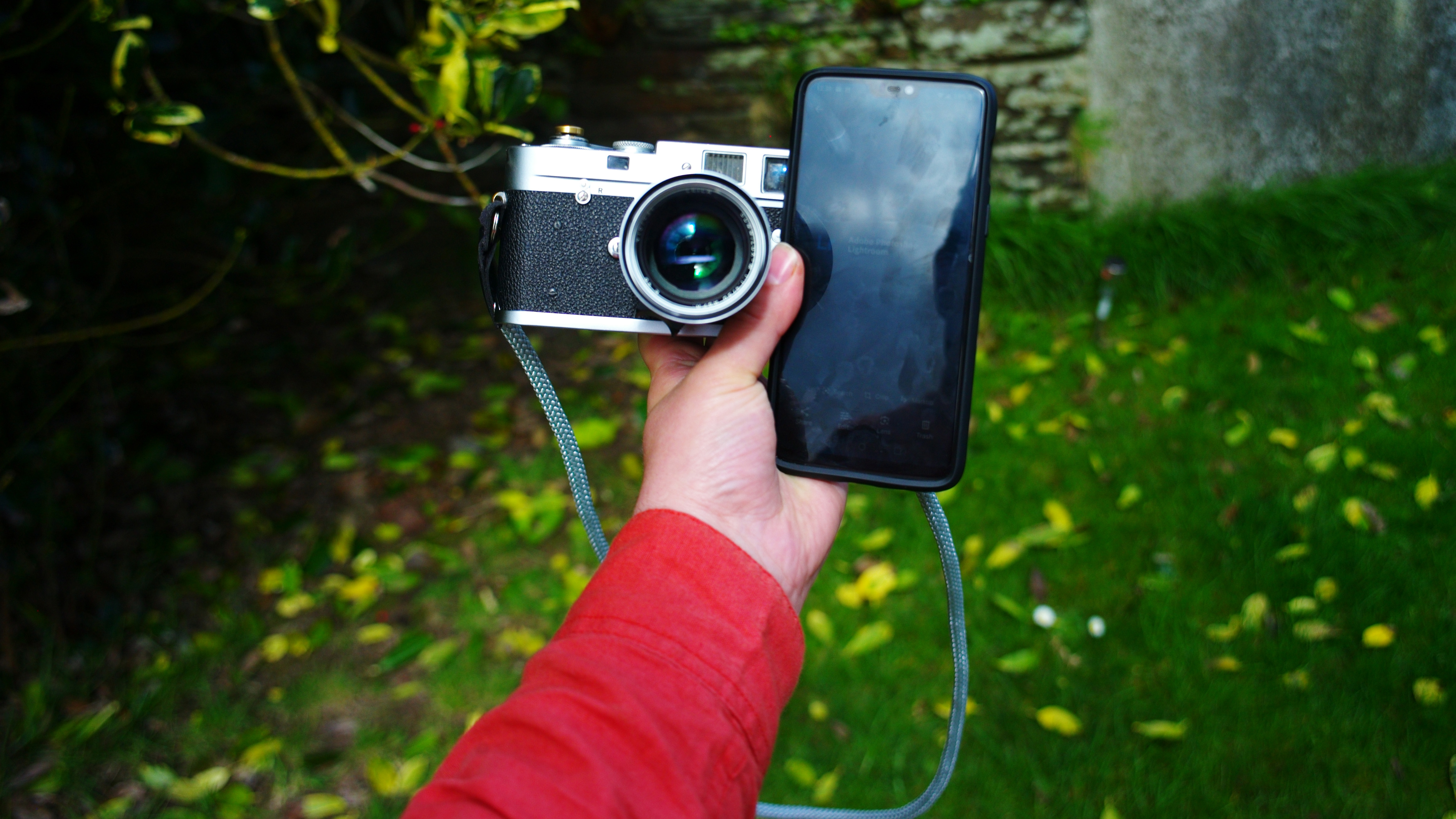Panasonic’s best video camera enters a new phase with the Lumix GH7
Panasonic announces the Lumix GH7 with phase-detection autofocus and the world’s first 32-bit float recording

When Panasonic launched the Lumix GH6 just over two years ago, the reception was pretty overwhelmingly positive, with it quickly racking up accolades as one of the best video cameras for independent filmmakers. In our review, we gave the camera the full five stars, saying “the GH6 holds its own with cameras almost twice its price in terms of functionality and image quality and excels beyond the competition”.
The only major complaint of the camera was its outdated contrast-detect autofocus system, but since then Panasonic has answered its critics with its much-improved phase detect auto-focus (PDAF) in the Lumix S5 II and Lumix G9 II – now PDAF is coming to the GH series with the launch of the new Panasonic Lumix GH7.
On the surface you’d be forgiven for thinking not much has changed with the Lumix GH7, as the camera shares the same body as the previous GH6 model, and as the old adage goes, if it aint broke don't fix it. The GH7 offers the same chunky grip, in-built cooling fan, array of tactile buttons, and articulating LCD that favors filmmakers. Anyone familiar with using any of the latest Lumix cameras will instantly feel at home as the camera follows a nearly identical layout to the recent Lumix S5II, S5IIX, or G9 II.

Inside, the GH7 still features a Micro Four Thirds (MFT) sensor, while this sensor has been newly developed for the GH7 it has the same pixel density as the previous model with 25.2 megapixels, but now on a BSI CMOS sensor which enables up to 13+ stops of dynamic range. The sensor is backed up with advanced image stabilization including distortion correction in videos and a High I.S. mode for even steadier digital stabilization in tough situations.
As mentioned already, the sensor also features the biggest upgrade from the latest generation of Lumix cameras, with PDAF autofocus, enabling faster and more accurate focus and tracking for human faces and eyes, as well as animals, birds, cars, and motorcycles – and two new additions with airplanes and trains.
A video camera first and foremost, the GH7 builds on the already incredible specs of the GH6, with internal recording of 5.7K 30p ProRes 422 HQ and ProRes RAW HQ for advanced color work, as well as 5.7K60p, 4K120p or Full HD 240p video. The GH7 is also capable of unlimited video recording through its integrated heat dissipation and cooling fan.
You can also record in Open Gate which records using the entire sensor making it easier to crop videos later for different aspect ratios – perfect for social media. The camera also supports proxy recording and Adobe Frame.io for camera-to-cloud backup, allowing teams to edit small proxy files quickly which can then be seamlessly swapped out for the full-quality video. The GH7 is also capable of recording using the Real Time LUT feature that was recently used to great fanfare on the Lumix S9, enabling user-programmed color grading baked directly into footage.
Get the Digital Camera World Newsletter
The best camera deals, reviews, product advice, and unmissable photography news, direct to your inbox!

Also bringing new audio tricks, the Lumix GH7 features the world’s first 32-bit float recording in an interchangeable lens camera when used with the new XLR microphone adapter – the Lumix DMW-XLR2. This allows a much wider range of noises to be recorded without having to worry about fiddling with levels during recording to make sure you aren’t clipping the highs and lows.
The Panasonic Lumix GH7 will be available at the end of July and will cost $2,199 / £1,999/ AU$3,899 .
The DMW-XLR2 will also be available at the end of July for $499 / £499 / AU$899.
For more check out our guides to the the best camera for filmmaking or the best hybrid cameras.

Gareth is a photographer based in London, working as a freelance photographer and videographer for the past several years, having the privilege to shoot for some household names. With work focusing on fashion, portrait and lifestyle content creation, he has developed a range of skills covering everything from editorial shoots to social media videos. Outside of work, he has a personal passion for travel and nature photography, with a devotion to sustainability and environmental causes.
